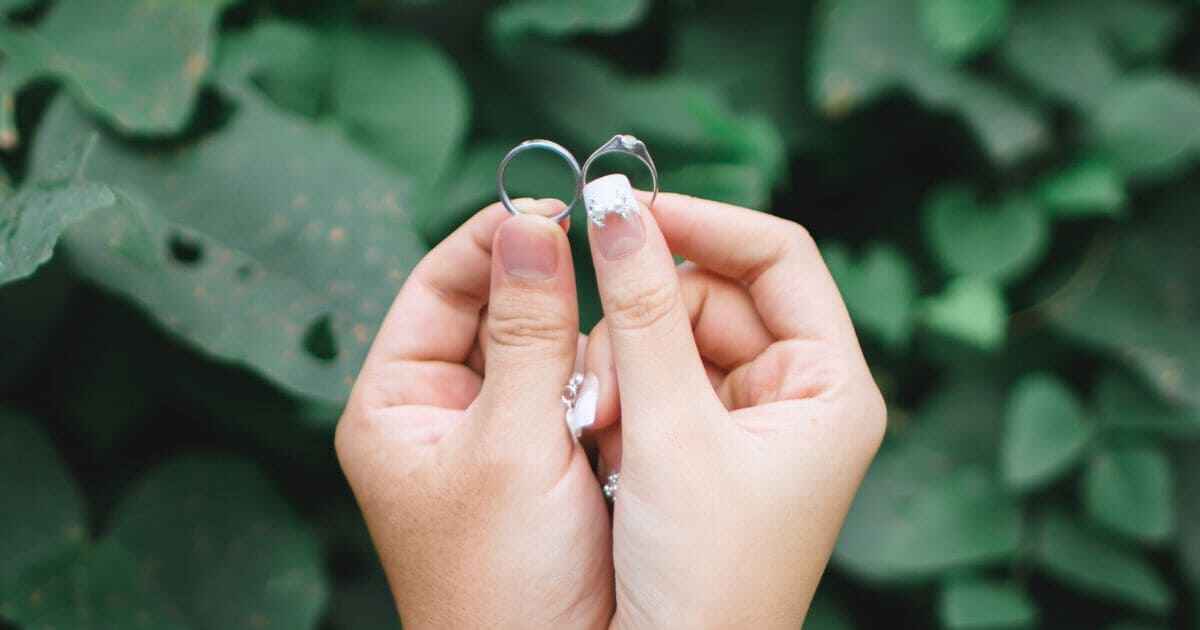Ring Size vs Band Width: Why Wider Rings Fit Tighter

If you’ve ever ordered a ring that felt uncomfortably tight even though it matched your size, the culprit might be the band width. Learn the science behind the fit, how to measure for wide bands, and practical fixes to ensure a comfortable, secure fit.
Quick answer
Wider rings cover more of your finger’s surface and reduce flex and skin compression, which makes them feel tighter than narrow bands of the same numerical size. As a rule of thumb, when switching from a narrow to a very wide band you may need to increase the ring size by 0.25–0.5 sizes (sometimes more for extremely wide rings).
Why band width affects how a ring fits
The perceived tightness of a ring depends on three physical factors:
- Contact area: Wider rings touch more skin, increasing friction and reducing the ability of skin to compress under the ring.
- Rotation resistance: A wider band resists rotation more, so it feels firmer when you wiggle your finger.
- Finger anatomy: The shape of your finger—knuckle size vs. base—interacts with band width. A wide band distributes pressure across a larger area which can feel less forgiving.
How much bigger should a wide ring be?
There is no universal rule because comfort depends on personal anatomy and the ring’s design (comfort-fit inner profile, tapering, or heavy gemstones will change feel). However, common recommendations:
- 2–4 mm band: No change or +0 to +0.25 size.
- 4–6 mm band: +0.25 size may be needed for some people.
- 6–10 mm band: +0.25 to +0.5 size is commonly suggested.
- Over 10 mm: Consider +0.5 or more, and try a comfort-fit design.
Always try the exact band width if possible. If you can’t, size up conservatively and consult a jeweler.
Measuring tips for wide rings
Follow these practical steps to get a better fit when buying wide bands online or in-store:
- Measure at the end of the day: Fingers swell slightly during the day; measure when your hands are at normal temperature.
- Use a printable sizer or ring you already own: Printable guides help — see our printable ring size chart (PDF) for an accurate template.
- Account for band width: Add +0.25–0.5 sizes when measuring for bands wider than 6 mm.
- Comfort-fit vs. standard: Comfort-fit rings have a rounded inside profile and often feel looser; you may not need to size up as much.
- Check with the jeweler: If the ring contains heavy gemstones or design elements that raise the profile, professional advice helps.
For more measuring techniques, see our guide: How to Know Your Ring Size Without Measuring.
Design factors that change perceived fit
Beyond width, these elements affect how a ring sits:
- Profile shape: Flat vs. comfort-fit interiors.
- Edge style: Beveled or rounded edges distribute pressure differently.
- Weight and thickness: Heavier, thicker rings can feel denser and tighter.
- Gemstone settings: Large or high-set stones change how a ring tilts and feels on the finger.
When to consult a jeweler — and resizing limits
If you’re unsure, a jeweler can measure your finger properly and discuss resizing options. Keep in mind that resizing has limits depending on the material and the design. For more on resizing basics, check our overview in the ring size guide.
Want to learn more from jewelry experts? Visit Gemological Institute of America (GIA) for scientific resources on gemstones and materials.
 RingSizeFind
RingSizeFind